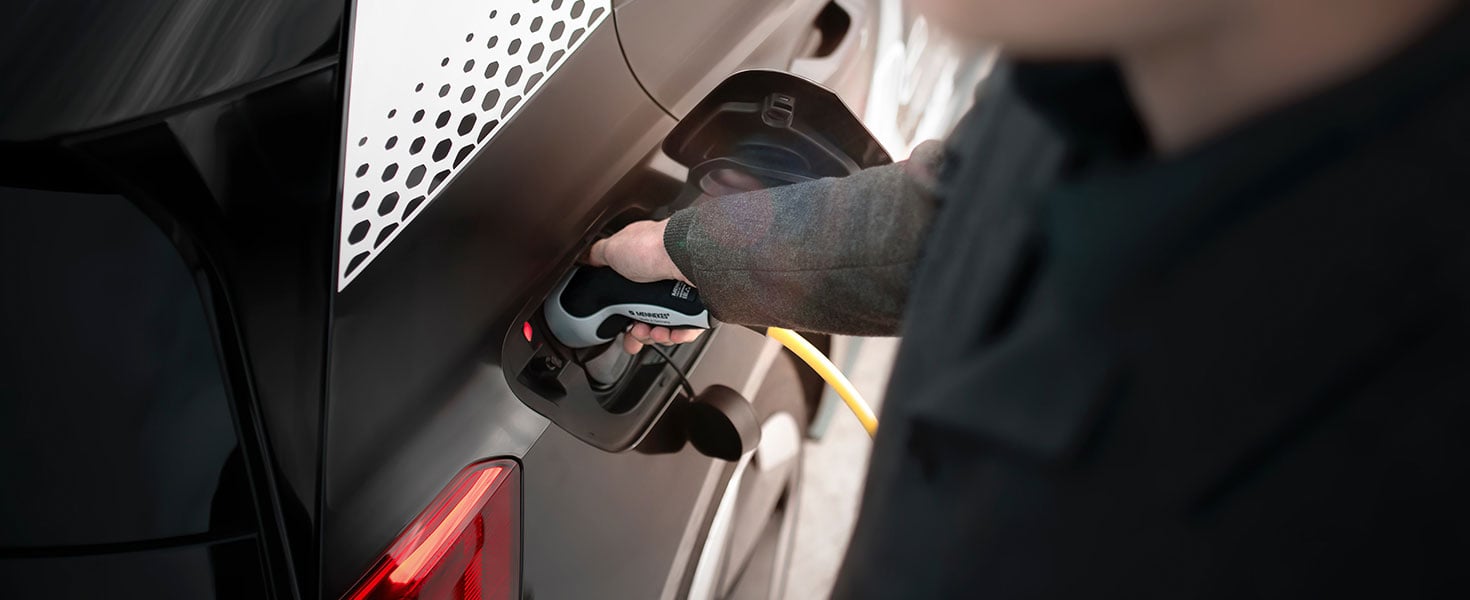How Much Does It Really Cost to Charge an Electric Vehicle?
Navigating the mechanics and fees of EV charging


Q:What is the cost for charging an electric vehicle?
A:The cost to charge an electric vehicle (EV) depends on where and when it is done.
For most EV drivers, charging is done at home or work. With the average EV managing to go about 3.2 miles on one kilowatt-hour (kWh) of electricity—many do better than that—and with the average price for a kWh of electricity in the US about 15 cents, the cost for fuel to go a mile in a typical EV is 4.7 cents. (In areas where a kWh costs 23 cents, the cost per mile for fuel would be 7.2 cents.) A car that goes 30 miles on a gallon of $4 gasoline has a fuel cost of 13.3 cents per mile.Drivers using high-powered Level 3 charging, which charges very quickly, can expect to be billed either by time or the kWh total. Typical charges per kWh run from 35 to 45 cents, though some charging companies have affinity programs that can reduce this rate.

In other cases, Level 3 operators may charge by the minute, with 35 cents being typical. That may sound expensive, but depending on the vehicle, Level 3 chargers can add about 6 miles of range in a minute, bringing the cost per mile for fuel to 5.8 cents.
Some charging stations also impose a hookup fee, which starts at around $1. In addition, some automakers, such as Volkswagen, Hyundai and others, include free charging for a period of time after your vehicle purchase. Used Teslas may include free, unlimited SuperCharging that is transferable to subsequent owners. Other Teslas have free unlimited SuperCharging, but only for the first buyer. Tesla has not offered this perk recently, so to determine if a used Tesla qualifies for free charging, check with Tesla.
Prices can vary from the examples cited here. To avoid surprises, check the cost before plugging in your car.
SAVING HACK
For EV stations that charge by time, not actual power delivered, many savvy EV owners run their battery down to a 20 percent charge, and then only charge up to 50 percent of the battery’s capacity. They do this because a battery with a 20 percent charge accepts more energy in a given period of time than a battery charged to 50 percent or more of its capacity. Since they are paying by the minute, they know that they will garner more energy per minute as the charge rate goes from 20 to 50 percent than they will get if they take the battery from 50 to 80 percent. This allows them to lower the cost per kilowatt-hour. It also shortens the amount of time they spend charging. Remember that as batteries charge, the rate of charge goes down.
